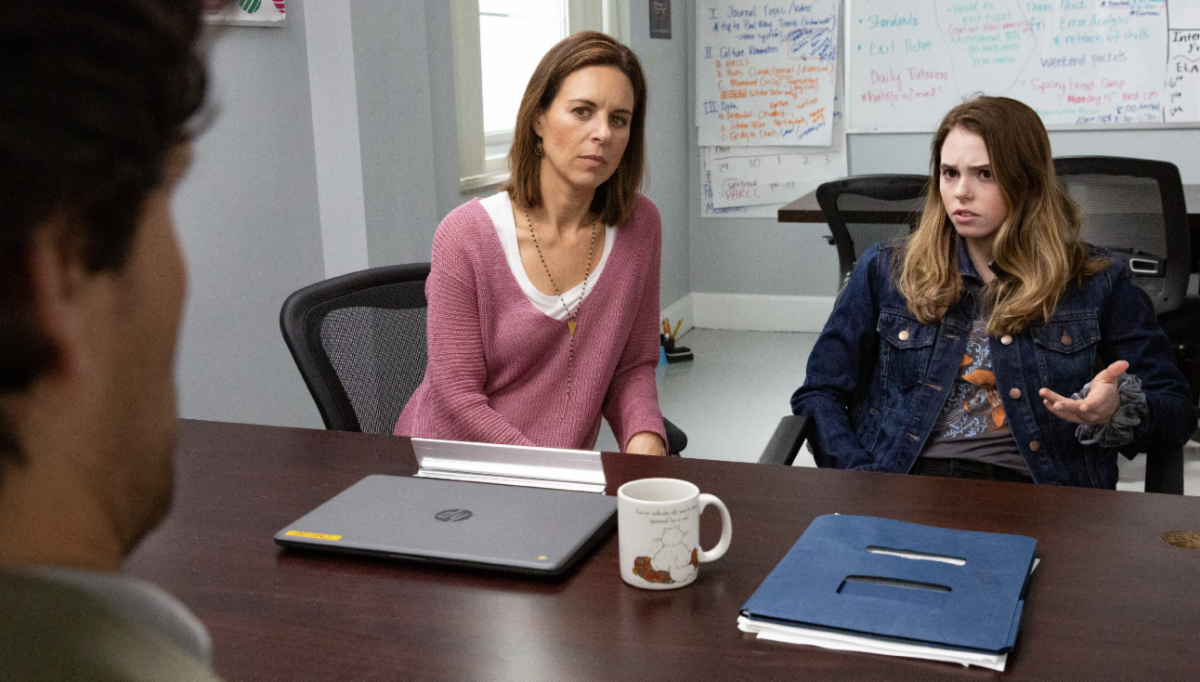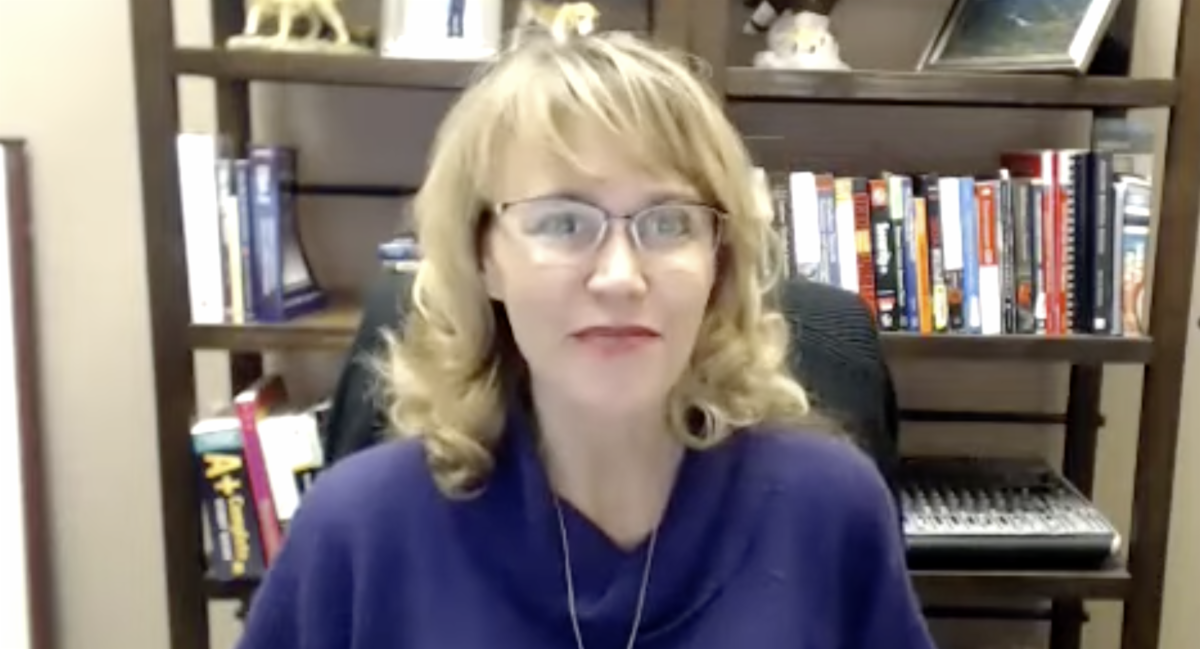RAISE The Standard, January 2022, v.8 n.2 | |
ADDICTION, SUBSTANCE ABUSE AND TREATMENT
In this issue of RAISE The Standard we explore addictions and substance use disorders, and their impact on youth with disabilities.
Substance use in high school students is linked to higher rates of drop out. According to the Partnership to End Addiction, dropouts ages 16 to 18 are more likely to be current users of cigarettes, alcohol, marijuana and other illicit drugs. They are more than twice as likely as their peers in school to be smokers (56.8 percent versus 22.4 percent).
Overall, 31.4 percent of dropouts use illicit drugs, compared with 18.2 percent of older teens enrolled in school. 27.3 percent of dropouts use marijuana, compared with 15.3 percent of those in school. Among dropouts, 41.6 percent use alcohol, compared with 35.3 percent of their peers still in school. Dropouts’ rate of binge drinking was also higher—32.3 percent, versus 23.8 percent.
Data show that people with disabilities are more likely to experience addiction than the general population. Of the 54 million people in the US who have some form of disability, roughly 9 percent (4.7 million adults) also have a substance use disorder (SUD). Anywhere from 7 to 26 percent of individuals with intellectual disabilities have addiction-related issues, depending on the exact condition. Studies found that up to half (50 percent) of individuals with spinal injuries, orthopedic injuries, and traumatic brain injuries drank heavily. And there is a powerful link between ADHD and addictive behaviors. There is also intersectionality between mental health and substance use disorders. According to the National Institute of Mental Health, about half of individuals who experience a SUD during their lives will also experience a co-occurring mental disorder and vice versa.
Co-occurring disorders can include anxiety disorders, depression, ADHD, bipolar disorder, personality disorders and schizophrenia, among others.
Addiction is not due to a lack of willpower. It is a chronic condition that changes the brain. So exactly what is addiction, and how does it affect children and youth?
| |
|
In this TEDx talk, Dylan Dailor talks candidly about the challenges he faces living with autism and addiction.
“When does someone offer me something and I say ‘no?’”
Watch Dylan's video now >>
| |
 | |
What can parents, guardians, and adult caregivers do when they are concerned about addiction or substance use? This is particularly concerning as these students have twice the drop-out rate (source National Alliance on Mental Illness). We turn to HealthyChildren.org, sponsored by the American Academy of Pediatrics, for advice:
- Pay close attention to any change in behavior, even if you think it could be attributed to the youth’s disability.
- Talk about safe and acceptable behavior. Set an example by not misusing alcohol, tobacco, or illegal drugs yourself.
- Pay attention to friend groups. If your child is hanging out with someone who is into drugs, it is very highly likely that your child will be exposed to drugs as well.
- Talk with your child about the importance of using all medications, including stimulants, exactly as prescribed. Discuss side effects and other concerns with your child's doctor.
Teachers and educators can look to the Substance Abuse and Mental Health Services Administration (SAMHSA) for advice on talking with children and teens about substance use:
Read the SAMHSA Student Assistance Resource Guide [PDF] >>
| |
Harm Reduction
Harm reduction is a proactive and evidence-based approach to reduce the negative personal and public health impacts of behavior associated with alcohol and other substance use at both the individual and community levels. Harm reduction strategies meet youth “where they are” on their own terms, and may serve as a pathway to additional prevention, treatment, and recovery services. Harm reduction works by addressing broader health and social issues through improved policies, programs, and practices.
Harm reduction stands in stark contrast to a punitive approach to problematic drug use—it is based on acknowledging the dignity and humanity of people who use drugs and bringing them into a community of care in order to minimize negative consequences and promote optimal health and social inclusion.
| |
 |
Customizing and Adapting Treatment for People with Disabilities
Once an addiction has been identified and the person is ready for treatment, customizing a treatment program and making that program fully accessible with necessary accommodations and modifications is vital. To learn more about ways to improve access to treatment, we turn to Dr. Dawn-Elise Snipes who takes us through SAMHSA’s Treatment Improvement Protocol (TIP) #29.
Watch Dr. Snipes video presentation now on Youtube >>
Download SAMSA’s Tip #29 >>
Mindfulness Strategies
Mindfulness empowers us to intentionally reshape our brain. Yoga has become an essential tool in many people’s recovery, as it helps with impulse control, personal awareness, and self-discipline.
Meditation can help by reducing anxiety and stress, decreasing blood pressure, and reducing feelings associated with depression.
Read tips for including mindfulness practices as part of recovery, from the Hazelden Betty Ford Clinic >>
| |
|
Behavioral addictions may get less attention than chemical addictions, but like other addictions, they can cause severe problems in people’s lives. But how can you know when a behavior pattern is an addiction?
If it creates a problem or is excessive, it may be an addiction. For example, if time spent gambling or on the internet causes a person to fail to get work done, or ignore or hurt the people they love, fall behind on bills, “binge” or overindulge in a way that produces negative results, then it must be looked at through the lens of potential addiction.
Internet
By its very design, the internet is distracting and addictive. It gives immediate gratification and offers an endless variety of entertainment, information, and social connections with the click or a tap. Internet addictions include excessive use of online media, including social media, message boards, and forums.
| |
Gaming
Gaming addictions may impact youth in particular. Learn more about gaming addictions in this short video from the World Health Organization:
Watch the WHO's video on gaming addictions now >>
Gambling
Gambling addictions are among the most powerful and destructive behaviors and may involve sports gambling, casino gambling, or other forms of gambling.
Shopping
For many people, shopping provides instant gratification and a temporary mood boost. People with ADHD are at high risk for two major reasons: they are naturally likely to be impulsive shoppers and are less likely to keep track of how much money they are spending.
Sex
A sexual addiction involves a loss of control over one’s sexual behavior. For some people this involves having “serial affairs,” soliciting sexual partners online, excessive masturbation, making use of prostitutes, or overuse of pornography.
Food
Food addictions are both physical and behavioral. Unfortunately, the foods that are most addictive (sugary foods, fatty foods and highly processed foods) are also those that are the unhealthiest. They increase the risk of obesity and physical illnesses such as diabetes. They also wreak havoc with mood regulation and cognitive functioning as blood sugar levels take a roller-coaster ride.
That “sugar high” you feel after eating a candy bar is real. Packaged cookies and cakes are addictive for the same reason that addictive drugs are addictive: They deliver a high dose (in this case, of sugar) and have a rapid rate of absorption. That “carbohydrate craving” you feel for a bag of chips is a real craving for carbs. Strong cravings are a symptom of addiction. When eating certain “trigger” foods regularly turns into eating the whole pint, a large pizza, or the entire bag of chips, there is likely a problem
| |
|
In this issue, meet REAL Transition Partners, serving Region A-1 for parent centers in Connecticut, Maine, Massachusetts, New Hampshire, Rhode Island, and Vermont.
REAL Transition Partners, a collaboration between all 26 Region A parent centers, provides innovative services that involve diverse youth/young adults with disabilities and their families, highlighting the region’s strengths and collaborative spirit, and through a regional Community of Practice, enhancing participating parent center capacity around transition and adult service systems.
| |
|
The Substance Abuse and Mental Health Services Administration (SAMHSA) operates the SAMHSA National Helpline (the Treatment Referral Routing Service). This is a confidential, free, 24-hour-a-day, 365-days-a-year information service, in English and Spanish, for individuals and family members facing mental and/or substance use disorders. This service provides referrals to local treatment facilities, support.
SAMHSA National Helpline
DIAL IN: 1-800-662-HELP (4357)
TTY: 1-800-487-4889
Click here for SAMHSA resources in Spanish >>
| |
ADDICTION & DISABILITIES:
The Very Different Struggle
By Noemi Gonzalez
For this month's blog post, we turn to Noemi Gonzalez. The mother of four is a disability activist who is working towards a degree in addictions psychology with a minor in political sciences. Now in recovery, Noemi is a consultant for those within the disability community that are in or interested in recovery from substance use.
"People from all walks of life can struggle with addiction, they can equally recover from them. Everyone deserves a 2nd chance at life to pursue their passions and achieve their greatest potentials. For those with SUDs that also have a disability, it takes acknowledgment, acceptance, and accessibility!"
Read Noemi's full blog post >>
| |
Collaboration • Empowerment • Capacity-building | |
RAISE The Standard enewsletter identifies and shares resources that the Rehabilitation Services Administration Parent Training and Information Centers (RSA-PTI) can use and share with families. | |
The RAISE Technical Assistance Center is working to advance the accessibility of its digital resources, including its websites, enewsletters and various digital documents. | |
RAISE, the National Resources for Access, Independence, Self-Advocacy and Employment is a user-centered technical assistance center that understands the needs and assets of the RSA-PTIs, coordinates efforts with the Technical Assistance provided by PTI centers and involves RSA-PTIs as key advisors and partners in all product and service development and delivery. | |  |
|
The RAISE Center is a project of the SPAN Parent Advocacy Network and is funded by the US Department of Education's Rehabilitation Service Administration. The contents of this resource were developed under a cooperative agreement with the US Department of Education (H235G200007)). However, the contents do not necessarily represent the policy of the Department of Education and should not assume endorsement by the federal government.
| | | | |